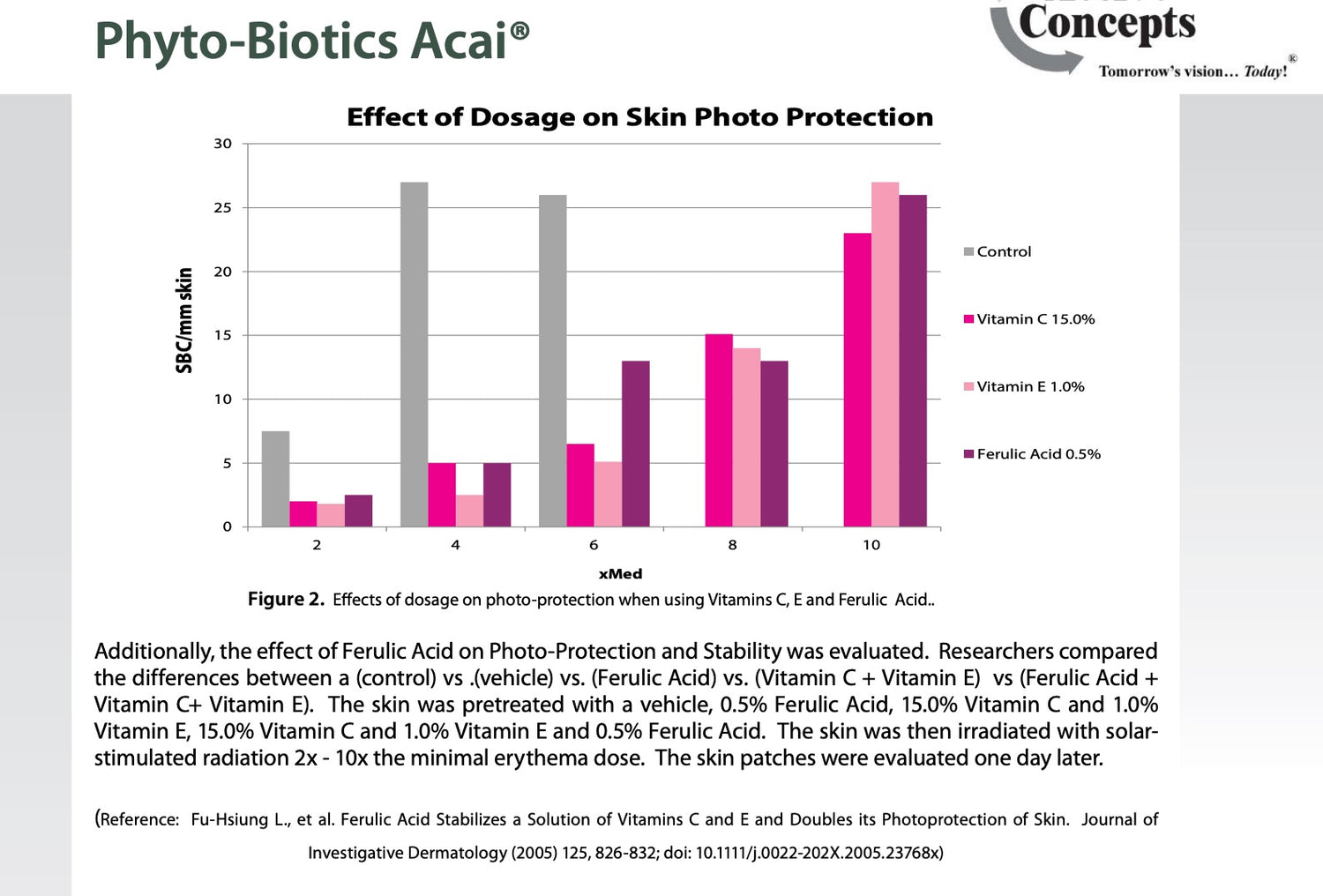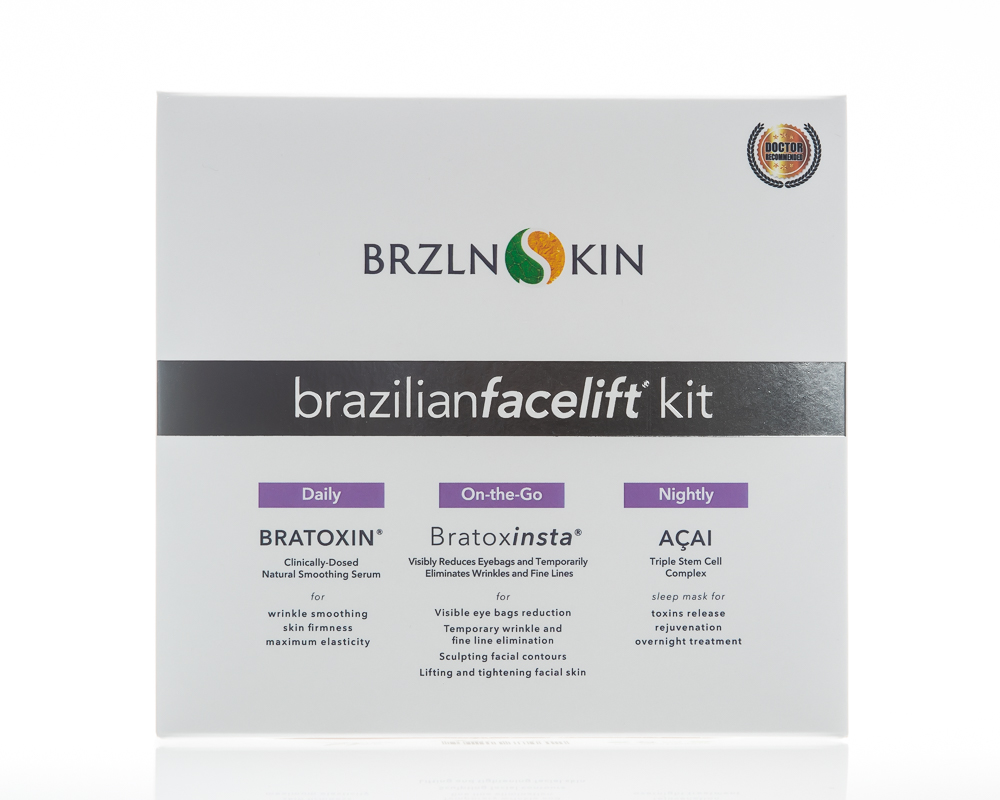Botulinum Toxin – BoNT or BTX – is produced by Clostridium botulinum and some other related species. Basically, the toxin is used commercially in cosmetics, medicine, and research. Botulinum toxin is of eight types - Type A - Type H. However, Type A is used for medical purposes in the treatment of different muscle spasms and conditions which causes hyperactive muscles. Commercially, BTX is marketed under brand names like Botox and Dysport.
For cosmetics, botulinum toxin is a widely used injection that helps eliminate wrinkles and fine lines on the face. They are effective for reducing forehead creases as well as frown lines, and crow’s feet around gummy smiles, the eye, neck bands, lip lines, and other areas.
When injected, botulinum toxin stops the nerve from passing signals, preventing the muscles from contracting. This eliminates facial lines and wrinkles. (See how can Botox last longer)
Uses Of Botulinum Toxin
The U.S Food & Drug Administration (F.D.A) in 1989 approved Type A botulinum toxin for treatment of strabismus, blepharospasm, and hemifacial spasm.
Over time, it got approved for hyperhidrosis, cervical dystonia, and cosmetic purposes. Presently, Botulinum Toxin type A is certified for use for over 30 conditions.
Spasmodic torticollis
Spasmodic torticollis (or Cervical dystonia) causes irregular twisting of the neck as well as the shoulder, and head to its patients. Injecting Botulinum toxin type A into the neck-muscle region eliminates the pain and stops the twisting.
In some conditions where the use of botulinum toxin does not proffer the desired result in the neck region, the splenius, trapezius, scalene, paravertebral, sternocleidomastoid, and muscles may be injected. Most patients report dysphagia side effect which could lead to aspiration pneumonia. However, one in every two patients has had remarkable improvements after this treatment.
Blepharospasm
Blepharospasm patients experience an abnormal contraction of eye muscles. Botulinum injections are administered in the hyperactive muscles – orbicularis oculi muscle.
Patients are exposed to corneal, caused by a reduction in blinking. Also, the anticholinergic effect could cause severe angle closure glaucoma.
Focal Hand Dystonia
Dubbed Writer's Cramp, this condition is common among people whose activities involve repetitive movement over a long period. The treatment would help improve function by reducing the dystonic posture.
Patients who seek improvement of compound motor-related tasks – like stage performers – may not get the same result. Injections are guided by electrical stimulation and electromyography. Selecting the right muscles is primary for a good outcome.
Hyperhidrosis
The hyperhidrosis condition refers to the abnormal sweating of palms, feet sole, and the axillae. However, hyperthyroidism and other likely secondary causes of this condition should be handled before administering treatment. The botulinum toxin injections are administered within the layer of the skin and side effects are rare.
Spasmodic dysphonia
Over the past two decades, botulinum toxin has been used in the treatment of both abductor and adductor forms of spasmodic dysphonia disorders. Botulinum toxin has proven to be effective for remedying some aspect of vocal production including variability of a fundamental frequency, vocal intensity and subglottal air pressure. Electromyography and laryngoscope are required for diagnostic assessment and injections.
Focal Spasticity
Spasticity is an increase in muscle tone which is dependent on velocity. It forms part of the upper motor neuron syndrome. Such hypertonicity can be controlled by a combined use of botulinum toxin type A and other therapies such as stretching, splinting and boosting the rival muscles.
Cosmetic Use of Botox
Type A form of botulinum toxin – the primary ingredient in Botox – helps to correct gummy lines as well as reduce square jawlines and thick neck bands and also eliminates forehead furrows, frown lines, and crow's feet.
Other uses of Botulinum Toxin
BTX has since been used for Parkinson disease patients in the reduction of excess salivation and jaw tremor. The toxin has proved effective in sensory relief and movement conditions related to Tourette's syndrome, tics, and leg restlessness. Patients with drooling, migraine and neurogenic bladder can also benefit from the use of Botulinum Toxin.
Is It Regulated?
Although botulinum toxin offers a wide range of benefits, it should only be administered by a certified plastic surgeon or dermatologist. Just like other drugs, it has risks and adverse effects – notably are bruising or swelling on the pierced skin, headache and flu.
While botulinum toxin could be life-threatening, following medical prescription is considered safe. Generally, the overall risk – based on statistics from users – Is minimal and use of Botox remains a reliable therapy.
Patients are likely to have a discomforting side effect if the injections do not meet FDA standards or when administered by an uncertified physician.
Conclusively, ensure you talk to your doctor on what to expect after treatment. They can also answer your questions concerning risks and benefit.




